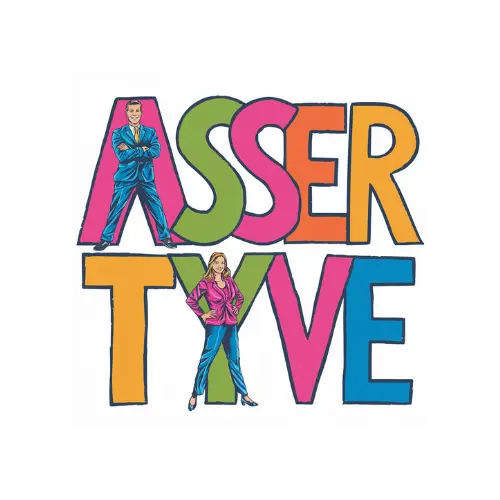Bargaining is an essential skill in various aspects of life, from business negotiations to personal relationships. Effective bargaining can lead to better deals, stronger relationships, and increased satisfaction. However, not everyone is naturally good at bargaining. That’s where understanding different types of bargaining strategies comes in.
Distributive Bargaining Strategy
Distributive bargaining is a competitive approach where one party tries to maximize their gains at the expense of the other. This strategy is often used in one-time transactions, such as buying a car or a house. In distributive bargaining, each party tries to get the best deal possible, without considering the other party’s interests.
For example, in a car purchase, the buyer may try to negotiate the lowest price possible, while the seller tries to get the highest price. This type of bargaining can lead to a win-lose situation, where one party feels they got a good deal, and the other party feels they were taken advantage of.
To be effective in distributive bargaining, it’s essential to:
-
Do your research and know the market value of the item
-
Set a target price and be willing to walk away if it’s not met
-
Use persuasive tactics, such as highlighting the benefits of the product or service
-
Be prepared to make concessions, but don’t give in too easily
Integrative Bargaining Strategy
Integrative bargaining, on the other hand, is a collaborative approach where both parties work together to find a mutually beneficial solution. This strategy is often used in long-term relationships, such as business partnerships or employment negotiations.
In integrative bargaining, both parties share information, identify common goals, and work together to find a solution that satisfies both parties. This approach can lead to a win-win situation, where both parties feel they got a good deal.
To be effective in integrative bargaining, it’s essential to:
-
Build trust and establish a positive relationship with the other party
-
Be transparent and share information about your goals and constraints
-
Identify common interests and goals
-
Be creative and open to new ideas and solutions
Principled Bargaining Strategy
Principled bargaining is a strategy that focuses on finding a fair and reasonable solution based on objective criteria. This approach is often used in disputes or conflicts, where emotions can run high.
In principled bargaining, both parties agree on a set of principles or criteria that will guide the negotiation. This can include factors such as fairness, equality, or industry standards. The goal is to find a solution that is based on these principles, rather than on personal interests or biases.
To be effective in principled bargaining, it’s essential to:
-
Identify the key principles or criteria that will guide the negotiation
-
Gather data and evidence to support your position
-
Be willing to listen to the other party’s perspective and adjust your position accordingly
-
Focus on finding a fair and reasonable solution, rather than trying to “win” the negotiation
Separating the People from the Problem
This bargaining strategy, developed by Roger Fisher and William Ury, focuses on separating the people from the problem. This means that instead of attacking or blaming the other party, you focus on the issue at hand and try to find a solution that works for both parties.
To be effective in separating the people from the problem, it’s essential to:
-
Avoid taking things personally and focus on the issue at hand
-
Use “I” statements to express your feelings and concerns, rather than “you” statements that can come across as accusatory
-
Identify the underlying interests and needs of both parties
-
Look for creative solutions that satisfy both parties’ interests
Using Time to Your Advantage
Time can be a powerful tool in bargaining. By using time to your advantage, you can create a sense of urgency, wear down the other party, or create an opportunity for a better deal.
To be effective in using time to your advantage, it’s essential to:
-
Set deadlines and be willing to walk away if they’re not met
-
Use the power of silence to create an uncomfortable pause
-
Take time to think before responding to an offer or counteroffer
-
Be patient and willing to wait for a better deal
FAQ
What is the most effective bargaining strategy?
The most effective bargaining strategy depends on the situation and the parties involved. However, integrative bargaining is often considered the most effective approach, as it leads to a win-win situation and builds trust and relationships.
How do I negotiate with someone who is more powerful than me?
When negotiating with someone who is more powerful than you, it’s essential to do your research, be prepared, and focus on the issue at hand. Avoid getting emotional or intimidated, and look for creative solutions that satisfy both parties’ interests.
Can I use bargaining strategies in personal relationships?
Yes, bargaining strategies can be used in personal relationships, such as negotiating with a partner or family member. However, it’s essential to approach these negotiations with empathy and understanding, and to focus on finding a mutually beneficial solution.
Conclusion
Bargaining is an essential skill that can be used in various aspects of life. By understanding different types of bargaining strategies, you can approach negotiations with confidence and effectiveness. Remember to choose the right strategy for the situation, be prepared, and focus on finding a mutually beneficial solution. With practice and patience, you can become a skilled bargainer and achieve better outcomes in your personal and professional life.







Leave a Reply